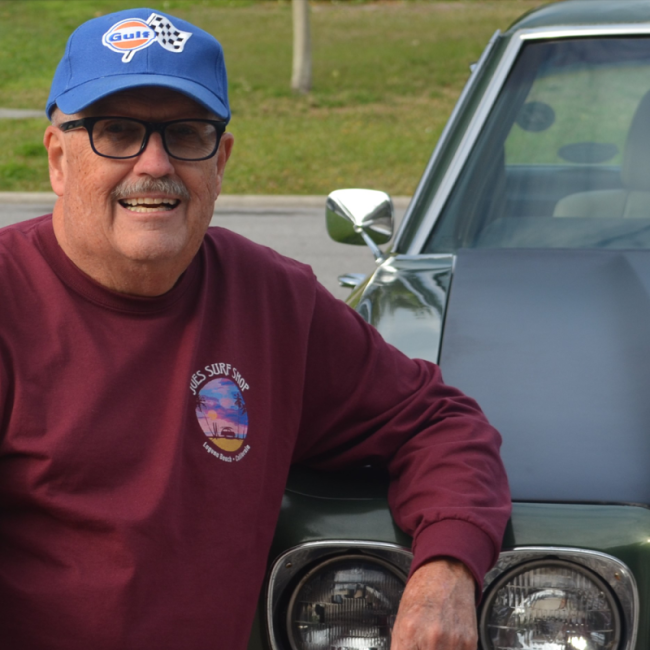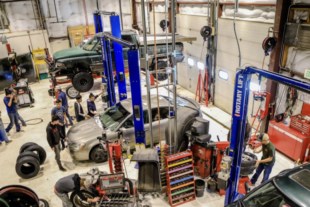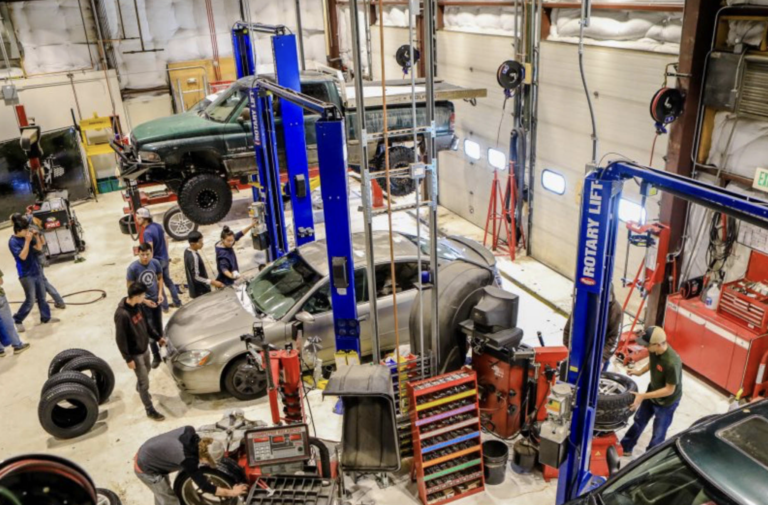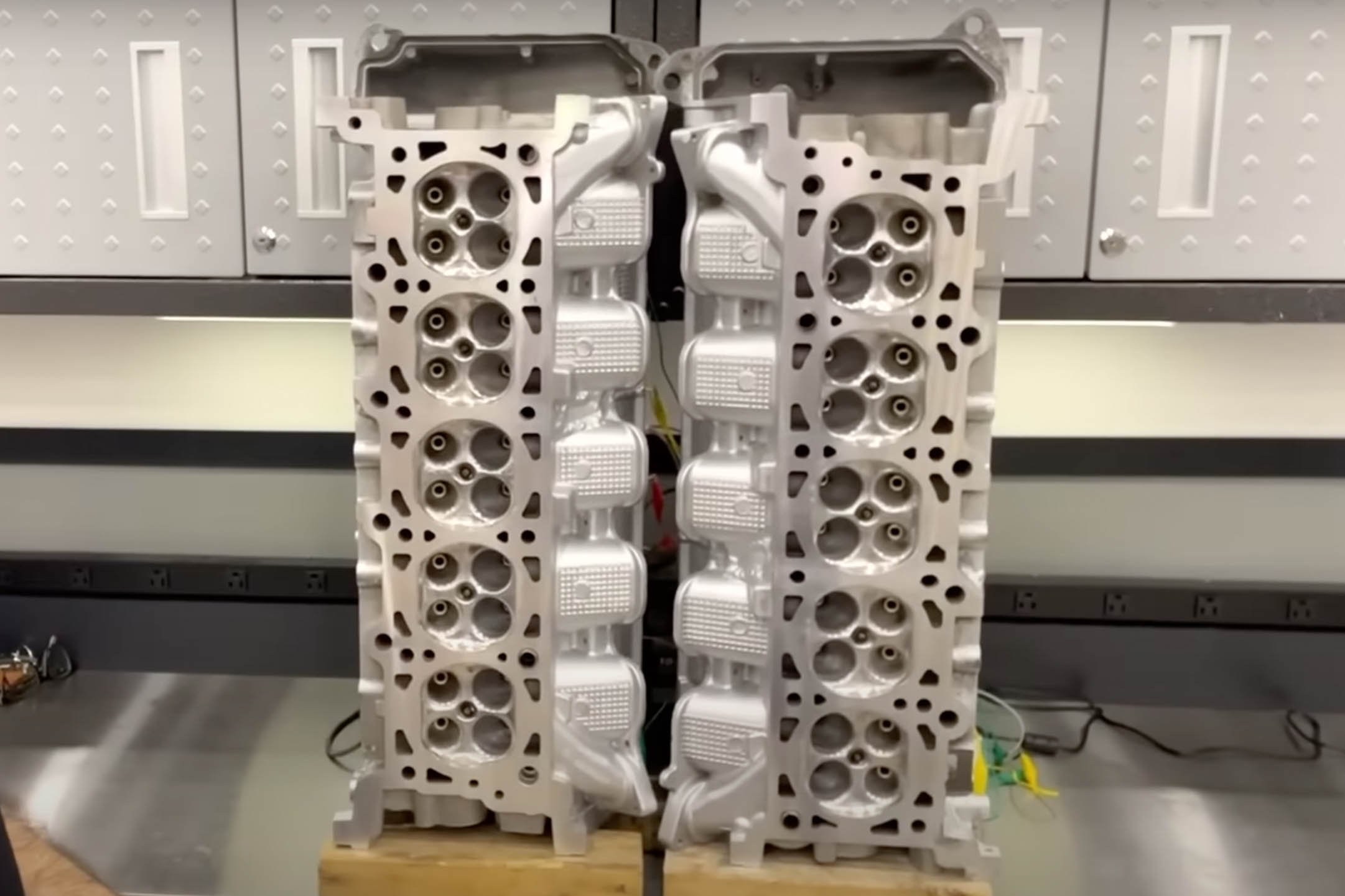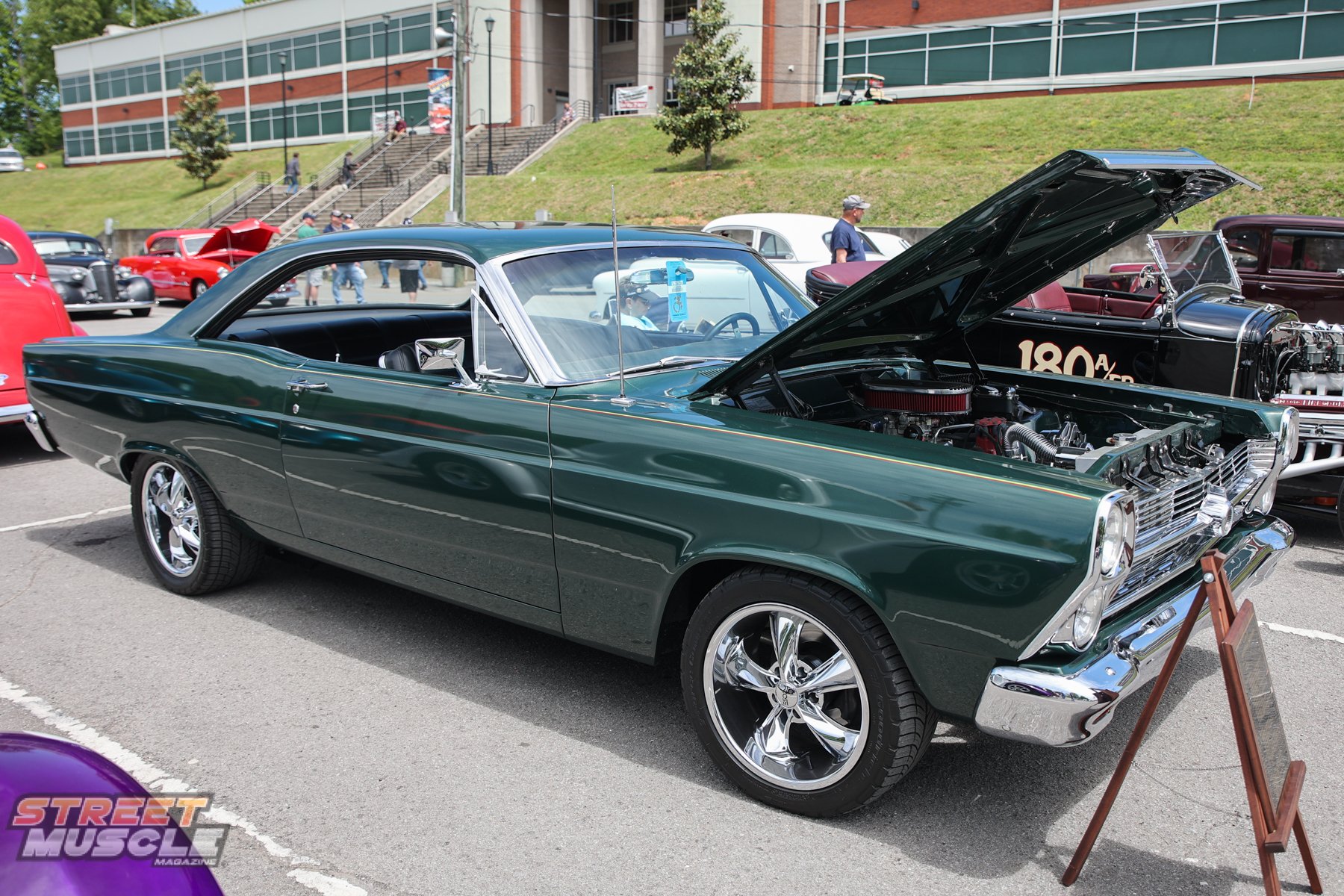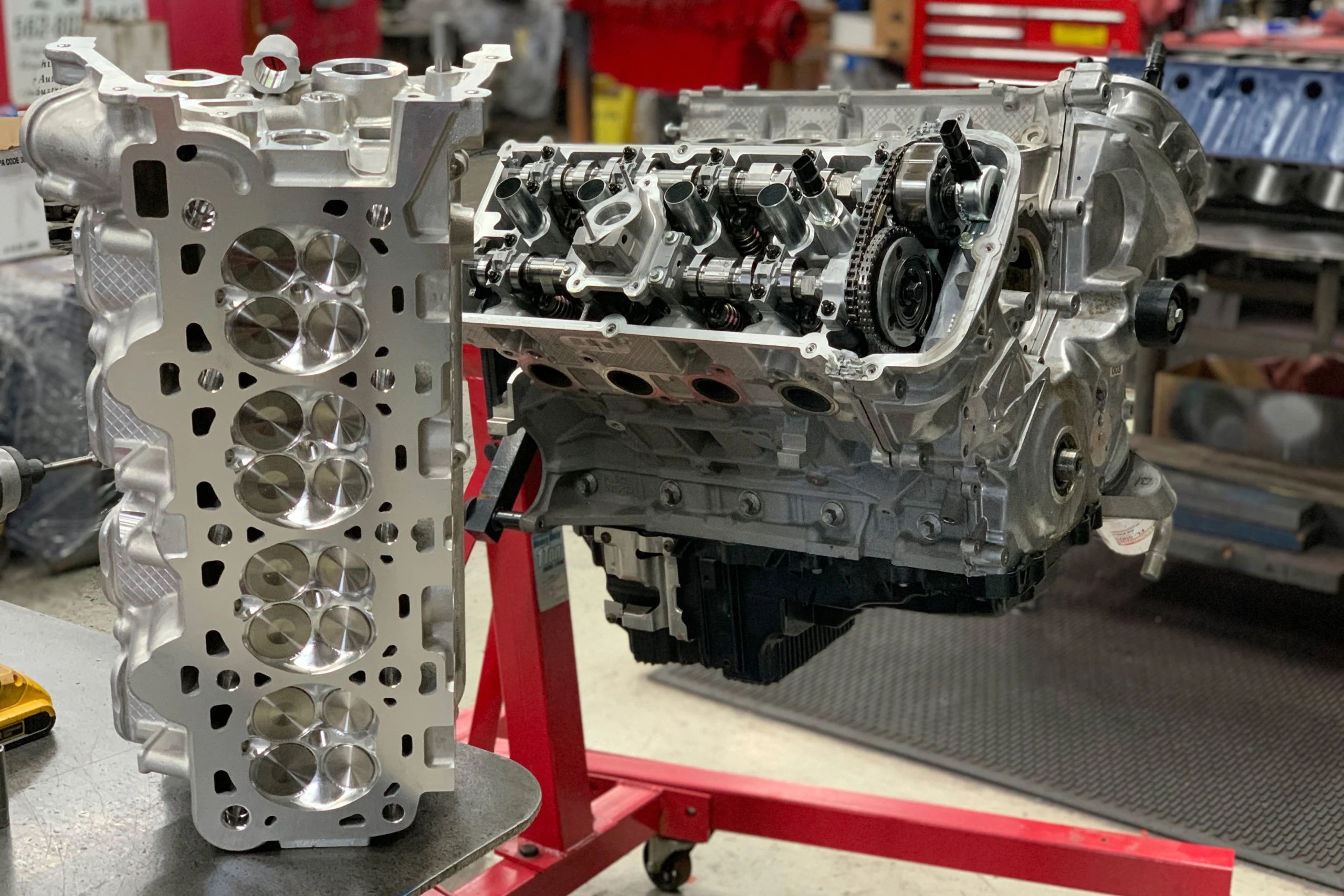When you’ve owned more than a dozen Ford Pintos over the years and you’re a longtime fan of Pro Stock drag legend Bob Glidden, it makes sense that you’d want to build a tribute to Glidden’s famous Pinto.
For Randy Irwin of Apopka, Florida, that’s how he’s spent most of his spare time during the past four years. When not working at Real Deal Steel in Sanford making reproduction steel bodies for Tri-Five Chevys, Camaros and 1966-1967 Chevy II Novas, Randy was researching, parts hunting, and building one of the best replicas of the iconic NHRA championship car from the early to mid-1970s.
A little background is important, for Randy as well as the Glidden Pinto.
Randy’s family moved to Apopka in 1974, arriving on a Thursday. By that Sunday, Randy had purchased his first Pinto. And, of course, once you have your first Pinto you can’t help but want more.
“Once you have one, they find you,” Randy says. “For the longest time I had four. Two didn’t run at all, one was my daily driver and one was the V8 car that I flat-towed behind the daily driver.”
Other Pintos joined the collection in various ways. For example, a young woman approached Randy at the auto parts store where he worked. “I hear you like Pintos,” she said. She was from New York and had a rusty Pinto that she wanted to sell for $400.
“The fenders were rusted so badly,” Randy says. “The car was light blue, but I had a dark blue one so I put the fenders and doors on that one and then I had Manny’s Auto Body paint it.”
That’s how collections grow. How Bob Glidden came by his Pinto is a different story. NHRA Pro Stock racing appeared in 1970 as an outgrowth of the 1960s Super Stock cars. In the first years, big-block powered pony cars – Camaros, Mustangs, Challengers – dominated, particularly the Hemi-powered Mopars. For 1972, NHRA wanted to balance the playing field and allowed for small-displacement, compact cars to compete.
While Chevy drivers like Bill “Grumpy’ Jenkins ditched his Camaro for a Vega, Glidden sold his Mustang and bought a newly-built Pinto from Gapp and Roush, powered by a 351-cubic-inch Cleveland V8. The car was finished in the stars and stripes, red, white, and blue livery that Randy meticulously duplicated.
Glidden campaigned the car in the mid-’70s, winning 20 NHRA races and three Pro Stock world championships. After the Pinto served its purposes, Glidden continued to race other Ford models.
Randy started his build with a Pinto shell. Every other aspect of the car was either built by hand or sourced to duplicate Glidden’s car, including the same brand of fiberglass front-end body panels. The internet provided dozens of photos to aid the work.
The best source of information was the original Glidden Pinto that was sold at the January 2020 Mecum Auction in Kissimmee. The car was on display in Kissimmee for several days before it crossed the auction block, giving Randy and a friend time to crawl around the car, taking photos and making measurements.
“I had a piece of paper and a tape measure,” Randy says. “A buddy and I measured it. I was laying on the ground measuring distances between decals.”
In addition to measuring the exact placement of all the sponsor decals, finding those original decals, or reproductions of them, proved difficult or impossible. A friend with a vinyl graphics business duplicated the missing stickers, Randy says.
Randy built the chassis to the original car’s specs. Finding the correct suspension pieces, though, did present problems. The upper and lower A-arms, for example. Randy didn’t want modern components, so he searched for the original Chris Alston Pinto-style pieces that were used in those days.
“I didn’t want any of the new high-tech stuff,” Randy says. “They’re [the Alston pieces] what everybody had back in the early 1970s, when people started building two-by-three-inch tube chassis.”
Randy’s research showed that TCI had those pieces, so he found them on the Jeg’s website and placed an order. Randy says Jeg’s forwarded the purchase order to TCI, which now owns the vintage Alston A-arm hardware. TCI produced the pieces for Randy’s Pinto.
The front steering is 1971-1973 Pinto rack-and-pinion components, the same units that were used on race cars in that era, because the system was smaller and allowed plenty of room for the larger engines and steering linkage. Those Pinto racks are still used in many drag racing applications today for the same reasons.
The Ford 9-inch rearend with 5.86:1 gears is controlled by a four-link system that Randy assembled from aftermarket sources. Eleven-inch Wilwood disc brakes sit on all four corners.
The Cragar Super Trick wheels are the same brand and size that Glidden ran on his Pinto. The 15×3.5-inch front wheels and 15×12-inch rears were acquired from a seller in New York before Randy even found the Pinto body. Period-correct Goodyear Eagle tires are on the front wheels, and Mickey Thompson slicks in back.
The 351 Cleveland V8 in Randy’s car isn’t quite as strong as Glidden’s original engine, but it still produces 500 horsepower and 500 foot-pounds of torque. Visually, the powerplant looks like the original, complete with the correct tunnel-ram intake, twin 700cfm Holley four-barrel carbs, MSD ignition components, and chrome Moroso valve covers.
Randy built the headers. A Ford four-speed top-loader manual transmission is controlled by a Hurst shifter.
The body components were painted in PPG white paint by a friend – David Bergman – while another long-time friend, Vince Balaisteri, did the striping and lettering.
While the first Pro Stock cars featured almost stock interiors, but the time the Pintos and Vegas were introduced the interiors were full-on race cars. Randy’s Pinto replicates the aluminum interior panels, including the transmission tunnel that is built with flat pieces, not formed round pieces.
The dash is supplied by VFN Fiberglass and is the same style used in the original car. Glidden’s car featured a dash-mounted 12,000 rpm Moroso mechanical tach. Randy found the same pieces on the internet. Correct Stewart Warner gauges reside in the dash panel. The Grant steering wheel and the upholstered molded plastic seats from Jeg’s complete the time capsule interior.
Since finishing the build, Randy has been taking the car to shows and cruise nights (the headlights and tail lights work) and getting it dialed in for nostalgia drag racing competition. Even with the too-tall gears, the car has posted low 11-second quarter-mile runs. When better rear gears are installed, Randy hopes to get the car to make low 10-second passes.
For context, back in the mid-Seventies Glidden’s Pinto held the NHRA national pro stock record at one point, running the quarter mile in 8.83 seconds at 154.9 miles per hour.
One other historic note about Glidden’s Pinto: of all the race cars that he sold over the years, this is the only one sold with the original engine/transmission combination. His other cars were sold as rollers when he was finished with them.
The original Glidden Pinto that was sold at Mecum in 2020 crossed the block at $220,000. The seller and buyer are not known. If you look at the Mecum posting for the original (it’s still online) and compare it to Randy’ recreation, you’ll be hard pressed to tell the difference.



